Before even considering heat options for chicken coops, it’s vital to properly winterize the coop- learn how HERE.
Fires like this occur every year in coops and barns due to heat lamps installed with the best of intentions. I’ve been tracking heat lamp fires on this Pinterest board for years and these are only some of the heat lamp fire incidents that made it to media outlets- there are countless additional near-misses and close calls when someone intervened before a tragedy occurred.
Regardless of where you ultimately come down on the issue of heating the chicken coop, please understand that a chicken’s physiology is not the same as a person’s. Our perception of how cold we would be in the coop at night is not the same as a chicken’s perception of their own comfort level.
Chicken Physiology & Anatomy
Chickens are anatomically and physiologically very different from people and have unique attributes that allow them to regulate their body temperatures very well in cold weather. The average body temperature of a chicken ranges between 104°-107°F (daytime rectal temp is even higher at 105-109.4).
How a Chicken Regulates Body Temperature
Without interference from well-meaning caretakers, chickens will naturally acclimate to the changes in temperature from warm weather to cold over time. Additionally, chickens can increase their body temperatures by eating more chicken feed in cold weather. Digestion creates internal heat, that heat radiates through the skin, which warms the air next to it, which is then trapped against its body by feathers. Chickens are tiny, food-fueled furnaces wrapped in down jackets!
A chicken is also able to conserve body heat by restricting blood-flow to its comb, wattles and feet, the very parts of the body that give off excess heat in warm weather. Not only do they have mechanisms to keep themselves comfortable in the cold, they huddle together on the roost at night.
IF you decide to add heat to the chicken coop in the winter, please put safety first in choosing a heat source. NEVER use a heat lamp with chickens!
Radiant, flat panel heaters are a safe alternative to dangerous 250 watt heat lamps. With a zero clearance requirement, it can be mounted on the ceiling or wall without fire danger.
Another safer heat option to raise the temperatures inside the coop a few degrees is an oil filled radiator, BUT the inclination may be to heat the coop instead of just raising the temperatures a few degrees. That temptation should be resisted! The coop should not vary in temperature drastically from outside temps. These units would also need to be carefully monitored and vacuumed regularly due to the dust inherent to chicken coops.
Automatically regulate the use of electric heat sources such as a flat panel heater or cookie tin water heater by utilizing a device like the Thermo Cube TC3, which will turn the power on at 35°F and off at 45°F. (there are other models that turn on at 0, off at 10, on at 20, off at 30)
Plan for power failure. If you do not have a generator to power a heat source to the coop during a blackout, do not heat the coop at all. Chickens have died and will die as a result of sudden drops in temperature from a power outage when the coop is heated.
Kathy Shea Mormino
Affectionately known internationally as The Chicken Chick®, Kathy Shea Mormino shares a fun-loving, informative style to raising backyard chickens. …Read on


shop my SPONSORS
Before even considering heat options for chicken coops, it’s vital to properly winterize the coop- learn how HERE.
Fires like this occur every year in coops and barns due to heat lamps installed with the best of intentions. I’ve been tracking heat lamp fires on this Pinterest board for years and these are only some of the heat lamp fire incidents that made it to media outlets- there are countless additional near-misses and close calls when someone intervened before a tragedy occurred.
Regardless of where you ultimately come down on the issue of heating the chicken coop, please understand that a chicken’s physiology is not the same as a person’s. Our perception of how cold we would be in the coop at night is not the same as a chicken’s perception of their own comfort level.
Chicken Physiology & Anatomy
Chickens are anatomically and physiologically very different from people and have unique attributes that allow them to regulate their body temperatures very well in cold weather. The average body temperature of a chicken ranges between 104°-107°F (daytime rectal temp is even higher at 105-109.4).
How a Chicken Regulates Body Temperature
Without interference from well-meaning caretakers, chickens will naturally acclimate to the changes in temperature from warm weather to cold over time. Additionally, chickens can increase their body temperatures by eating more chicken feed in cold weather. Digestion creates internal heat, that heat radiates through the skin, which warms the air next to it, which is then trapped against its body by feathers. Chickens are tiny, food-fueled furnaces wrapped in down jackets!
A chicken is also able to conserve body heat by restricting blood-flow to its comb, wattles and feet, the very parts of the body that give off excess heat in warm weather. Not only do they have mechanisms to keep themselves comfortable in the cold, they huddle together on the roost at night.
IF you decide to add heat to the chicken coop in the winter, please put safety first in choosing a heat source. NEVER use a heat lamp with chickens!
Radiant, flat panel heaters are a safe alternative to dangerous 250 watt heat lamps. With a zero clearance requirement, it can be mounted on the ceiling or wall without fire danger.
Another safer heat option to raise the temperatures inside the coop a few degrees is an oil filled radiator, BUT the inclination may be to heat the coop instead of just raising the temperatures a few degrees. That temptation should be resisted! The coop should not vary in temperature drastically from outside temps. These units would also need to be carefully monitored and vacuumed regularly due to the dust inherent to chicken coops.
Automatically regulate the use of electric heat sources such as a flat panel heater or cookie tin water heater by utilizing a device like the Thermo Cube TC3, which will turn the power on at 35°F and off at 45°F. (there are other models that turn on at 0, off at 10, on at 20, off at 30)
Plan for power failure. If you do not have a generator to power a heat source to the coop during a blackout, do not heat the coop at all. Chickens have died and will die as a result of sudden drops in temperature from a power outage when the coop is heated.



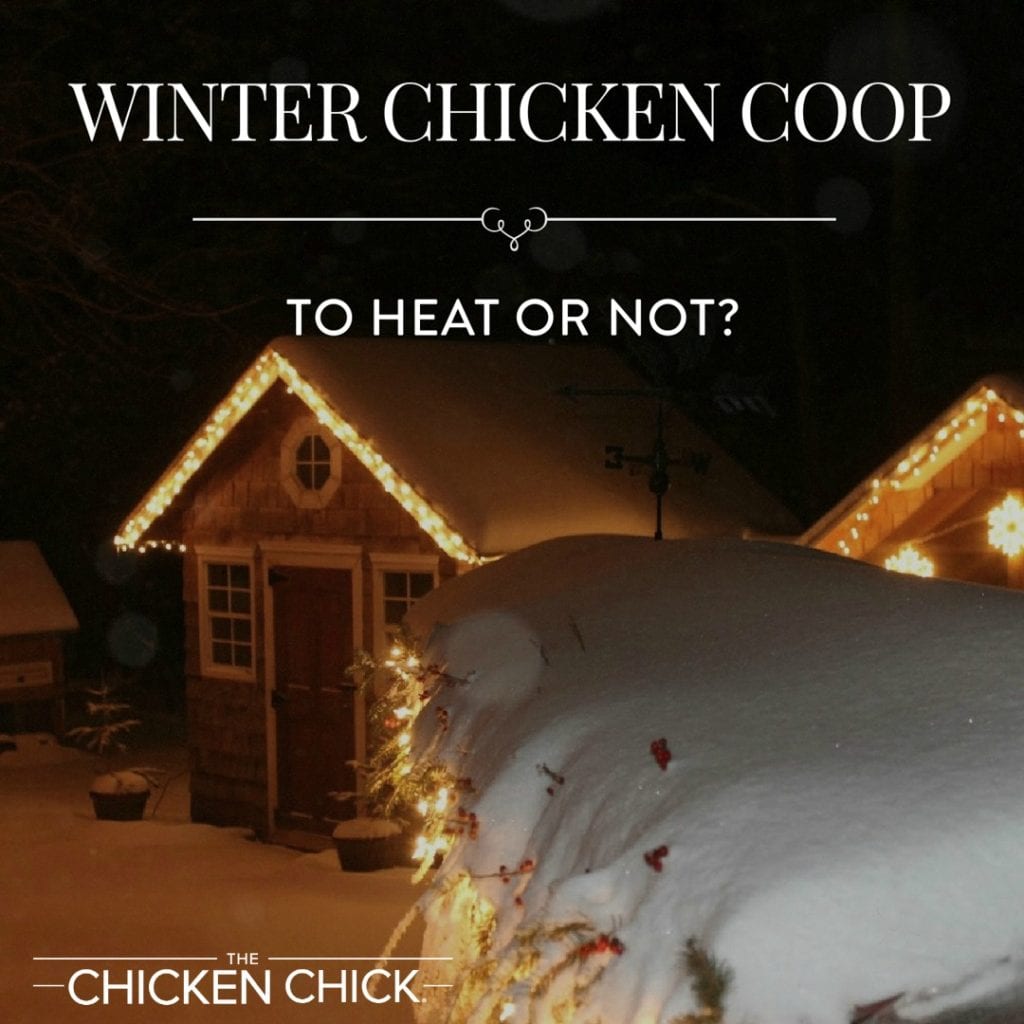
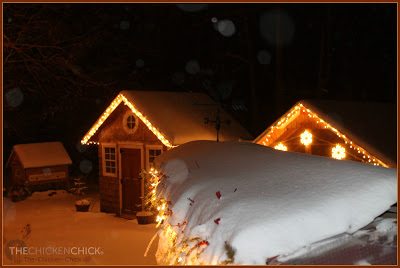
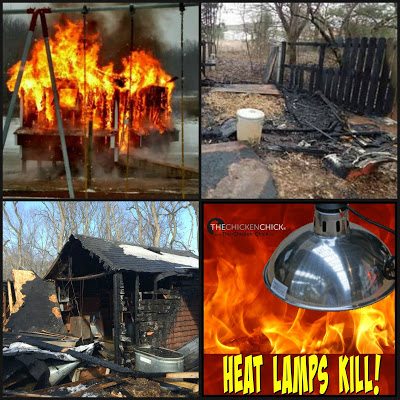
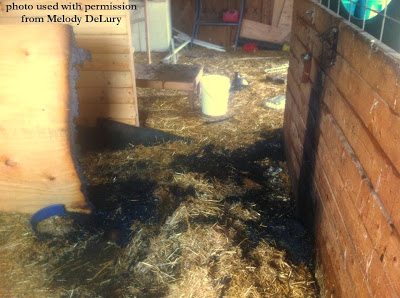
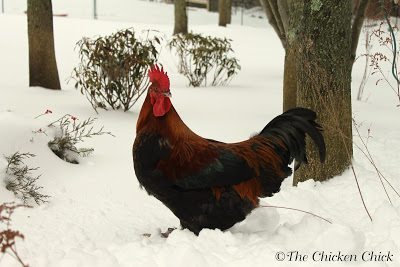

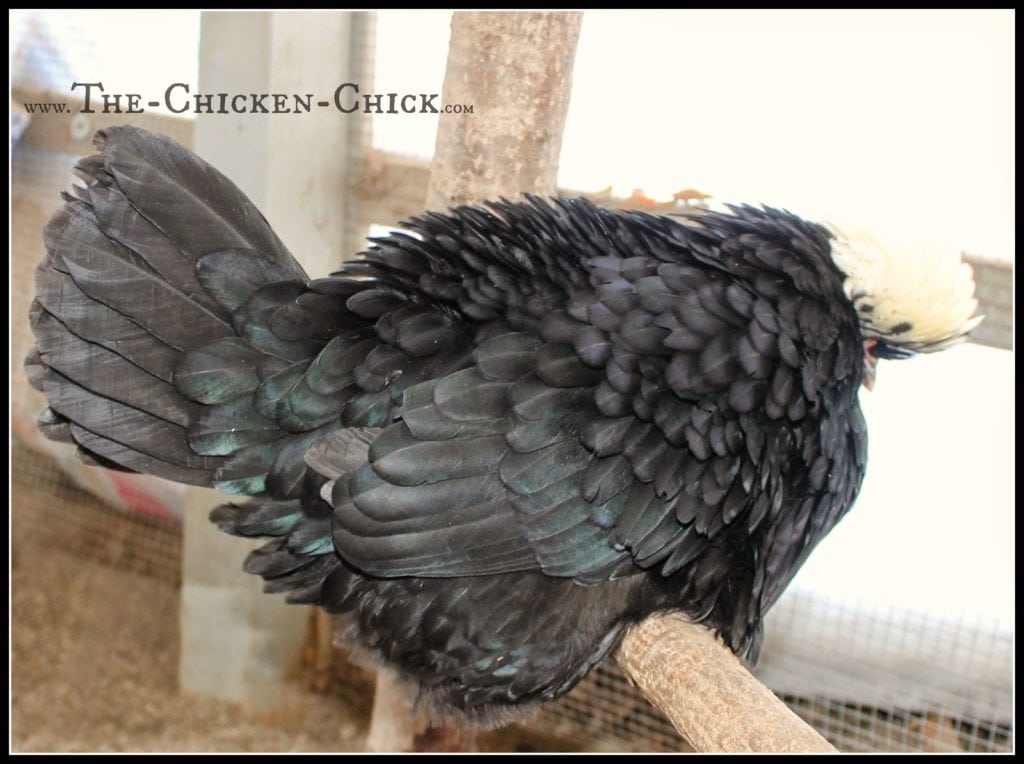
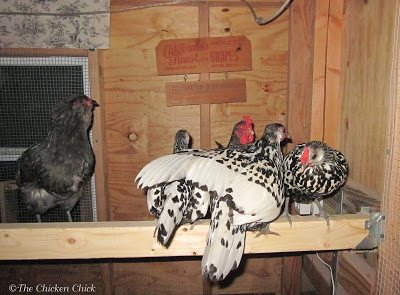
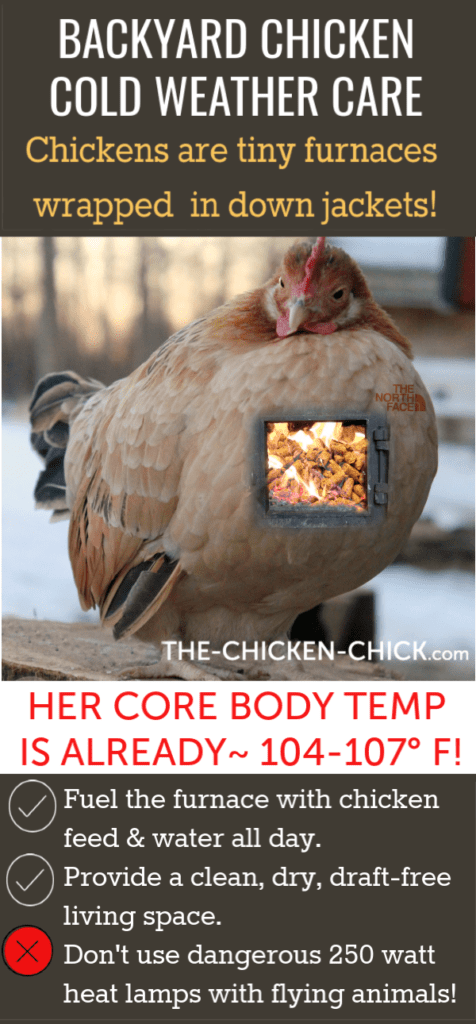
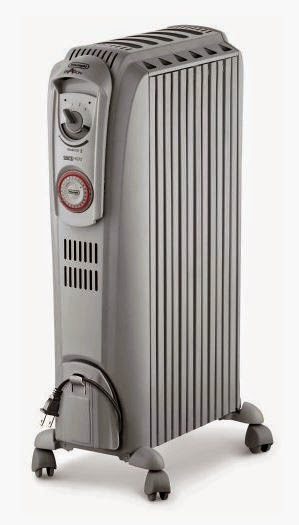
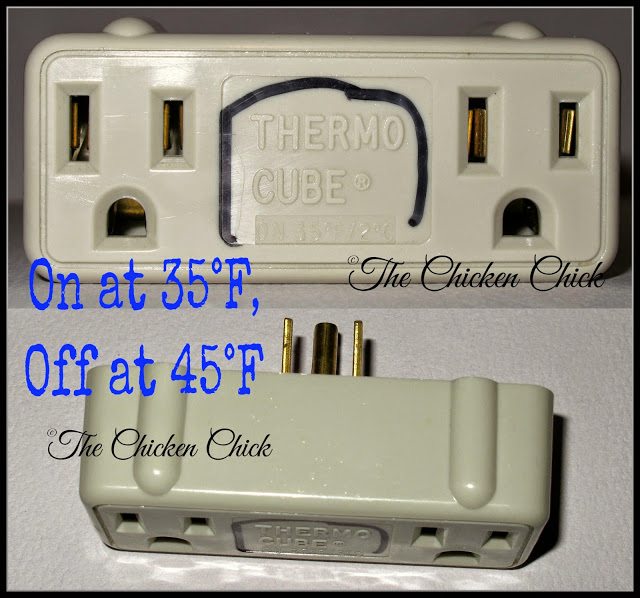
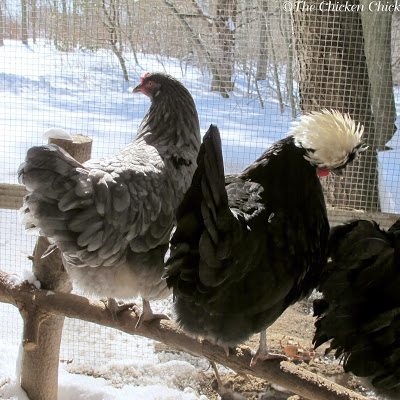
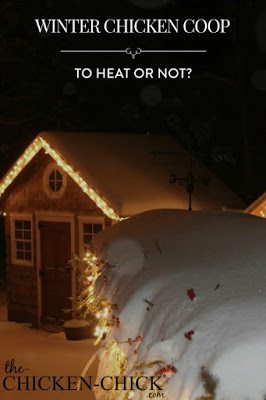
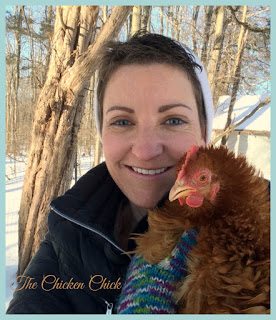














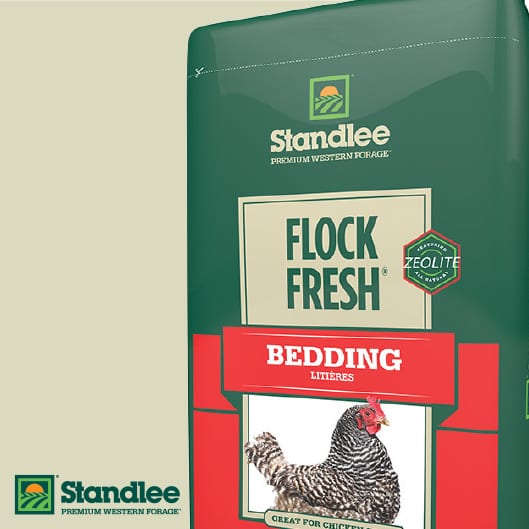
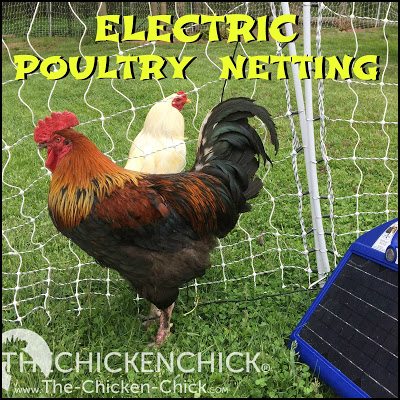











I’ve only had pet birds, never any chickens, but I am SO glad you are putting this message regarding chickens out there as much as possible. Quite frankly, I think all your advice on chickens is the way to keep them. It is sensible, honest, simple, and your only motive is giving every chicken kept by humans a chance for a healthy, happy life. Thank you for your determination and passion in your way of life.
Hi there! I’m located in zone 7b and have barred rock bantams. I do not think I need to worry about heating the coop. Am I right? I figure if it gets really really cold, I could put a good rubber hot water bottle in with the ladies…. do you think that is a good idea? Thanks
No, they do not need a hot water bottle.
We are expecting baby chicks to arrive on the 4th of November and I have bought all the recommended items from your article on the brooder. I plan on setting this up in the garage. Should I get a space heater for the garage or use one of those radiant flat panel heaters in addition to the Ecoglow units? I expect the garage to be around 45-50F during most nights. Any insight would be much appreciated! New chicken parent!
The room the chicks are raised in must be kept NO LOWER THAN 50°F with no drafts regardless of the heat type you use. Flat panel heaters are not for baby chicks, the radiant chick brooders are for chicks.
Can a flat panel radiant heater be placed standing or laid flat in wood shavings?
Which one?
Good info on the heating of the coop. If you just think about the wild birds and how they keep warm enough in the winter you will not feel bad about not heating your coop.
Good point!